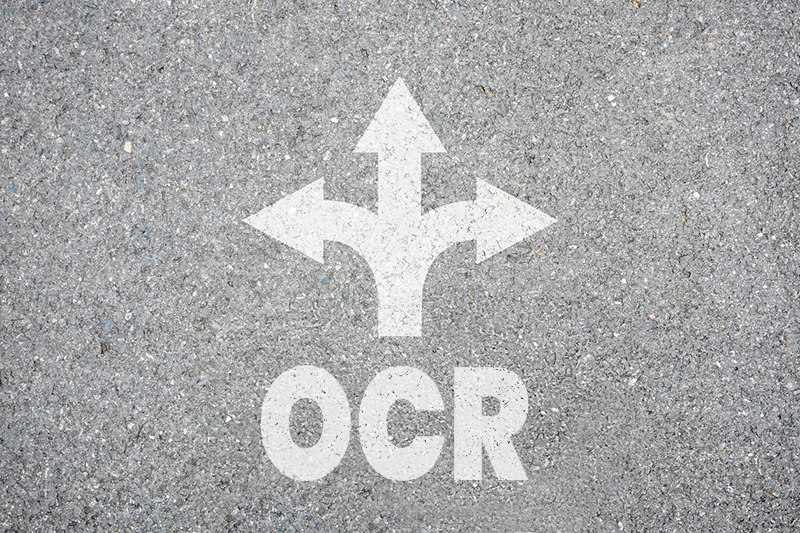The New Zealand Institute of Economic Research’s (NZIER) Monetary Policy Shadow Board is recommending a 0.25% OCR cut tomorrow except Kiwibank chief economist Jarrod Kerr who says it should be 0.50%.
Kerr says the country needs Reserve Bank acting governor Christian Hawkesby to “go for growth” because it’s too hard for the Government.
“There’s no doubt the Kiwi economy needs support. There’s no doubt the RBNZ should be aiming to stimulate, not restrict, the economy. It’s just an argument around how much support is needed.”
He says Hawkesby could easily deliver a 0.50% move and signal another 0.50% to 2.5% to come. “That would set policy about right for a recovery. And it's not mucking around with 0.25% moves, delaying the inevitable.”
What the others think
Other shadow board members have differing thoughts.
BNZ research head Stephen Toplis says uncertainty about the “right” level for interest rates is extremely elevated. The spread of possible outcomes is wide.
“Yet, despite this, we still feel that downside risks to growth and medium-term inflation should dominate the RBNZ’s thinking.”
Victoria University professor of economics and finance Viv Hall says the downside risks for global and domestic growth outweighed upside risks for inflation.
“Currently available data doesn’t enable calling the direction of future OCR movements with any degree of certainty.”
Former RBNZ chairman Arthur Grimes, now a professor at Motu Research, says the world economy is volatile, and there is a risk the RBNZ could be forced to backtrack quickly, increasing uncertainty.
“In this situation, while a tiny easing may be warranted now, on balance, it makes sense for the RBNZ to delay any change decision until the next review.”
While Westpac chief economist Kelly Eckhold says it is time to rein in the pace of OCR cuts.
He says the inflation outlook does not justify significantly easier policy unless the impacts of weaker global growth have a tangible local impact.
“The 0.25% cut on the cards tomorrow seems appropriate but we should wait until August to assess again.”
Views from new survey
Meanwhile, a new Westpac client survey on the outlook for the RBNZ shows they believe the central bank is more likely to be swayed by shocks to demand – either here or overseas – than by shocks to inflation.
Global growth conditions are a significant factor, through either the demand and prices for the country’s commodity exports, or through the general uncertainty resulting from the impact of US tariffs and how other countries might respond.
Clients are hopeful but not confident that the US will scale back the 10% tariff increase it has imposed on NZ exports.
Few respondents thought the RBNZ will be concerned by shifts in inflation through imported goods, the world prices for our imports or the exchange rate.
Eckhold says generally, clients see domestic growth as the biggest risk for the RBNZ, in both directions.
“The labour market is also seen as an important risk factor, though more so on the downside than on the upside.”
The right scenario
Going back to Kerr’s push for the RBNZ to “go for growth”, he says there are three ways the May Monetary Policy Statement could possibly play out tomorrow.
The first scenario, is lifeless. The RBNZ delivers a 0.25% cut and leaves the OCR track at 3.1% or slightly below at 3%. This will not go down well. Wholesale market traders will drop bonds, pushing interest rates higher.
The second scenario, is what Kerr thinks the RBNZ will do. A 0.25% cut accompanied by a lower OCR track to 2.8% (or close to). This scenario will push most economist forecasts below 3% to a 2.5-2.75% range. The wholesale rate markets imply a terminal rate of 2.85-2.9%. There should be a slight reduction in interest rates, supporting current mortgage rates. The variable and six-month rates will move lower, but the one-year and beyond won’t move much at all. “That’s not what we need either.”
The third scenario, is “go for growth”, generate green shoots. A doveish Hawkesby should put a 0.5% move on the table, and an OCR track to 2.5%. The shock without former governor Adrian Orr will see wholesale rates poleaxed. The two-year swap rate will immediately test 3% (down from 3.15%), and ultimately fall towards 2.75%. All mortgage rates are likely to be lowered, as needed. A slightly watered-down version could be a 0.25% cut and a much more dovish track to 2.5%.
The RBNZ’s current trajectory is unlikely, in Kerr’s view.
“Get to neutral, and get the economy moving. Ultimately, it’s better to act swiftly and decisively to get lower rates feeding through faster.”
He says more meaningful cuts are required here and now, especially with the ongoing global uncertainty.

![[TMM Podcast] Yelsa serves up “marine reserve” of property buyers](https://www.goodreturns.co.nz/pics/mike%20harvey.jpg)



 Search
Search
